Gold posy ring from Modbury added to City’s treasure collections
By: Jo Clarke
Added: 21 August 2019
Plymouth’s archaeology collections have been boosted by a new item of officially recorded Treasure.
The gold finger ring, known as a posy ring, dates from around 1654-1686 and was probably a gift from a lover to their sweetheart.
It’s been officially classed as Treasure because it’s over 300 years old and contains more than 10% precious metal content. It was purchased with the help of The Headley Trust, the Victoria & Albert Museum’s Purchase Grant Fund and the Friends of Plymouth City Museum and Art Gallery.
Councillor Peter Smith, Deputy Leader said: “This is another great addition to the city’s collections and we’re very grateful for the funding support we’ve received. We’ve acquired a number of treasure items over the last few years and each of them reveal some fascinating facts, not just about Plymouth but also about the period of history they date from.”
While the modern description of a posy is a small bunch of flowers, its definition during the Middle Ages was ‘a short motto or line of verse inside a ring’.
The text on the interior of this ring is inscribed in italics and says ‘Not the gift but the giver’.
From the 1400’s through to the 1600’s rings like this were popular love tokens in England and France. When worn the plain gold exterior of the ring could be seen. Meanwhile, the wearer would have the inscription held against their skin – a secret from a loved one to another.
This type of ring is usually cast to produce a regular hoop shape with a ‘D’ shaped cross section. It’s then hand-finished to create a plain, smooth exterior.
This particular example bears a maker’s mark, a stamped TS believed to be that of a man called Thomas Sharpe. He was a London-based goldsmith who is known to have been working from around 1654-1686. This information has helped to date the ring.
It was discovered in the parish of Modbury in 2017 by metal detectorist Mr Jon Day and recorded through the Portable Antiquities Scheme. This national scheme run by the British Museum and National Museum Wales records thousands of archaeological objects found by members of the public each year.
The ring joins a number of other Treasure items in the collections at The Box including a Post-medieval silver seal matrix, a Medieval gold and sapphire finger ring, and a Bronze Age gold finger ingot and studded bracelet.
You can find out more about the city’s archaeology collections at www.theboxplymouth.com
The Box, Plymouth news
-
The Box selects artist Paul Rooney for IWM 14 18 NOW Legacy Fund commission
The Box, Plymouth
-

'Planet Ocean' exhibition dives deep into our connection with the sea
The Box, Plymouth
-
.jpg&w=400&h=300&zc=1)
Pelé’s shirt on display at The Box 50 years after he played in Plymouth
The Box, Plymouth
-
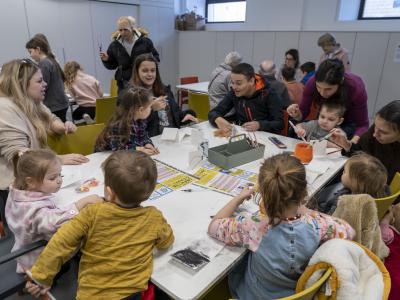
The Box joins The Wild Escape project
The Box, Plymouth
-

New painting joins The Box’s collections thanks to generous gift
The Box, Plymouth
-

Plymouth arts venues mark one year to British Art Show with 100k funding boost
The Box, Plymouth
-
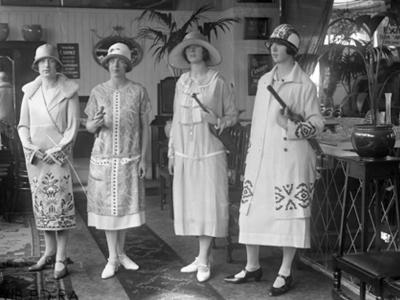
Help research Plymouth and West Devon in the 1920s
The Box, Plymouth
-

The National Portrait Gallery loans six works to The Box
The Box, Plymouth
-

The Box announces September launch dates
The Box, Plymouth
-
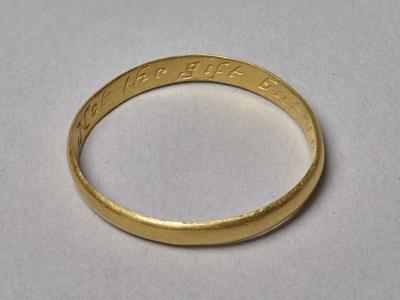
Gold posy ring from Modbury added to City’s treasure collections
The Box, Plymouth
-
receivestheCAHGawardsfortheMakerMemoriesproject.jpeg&w=400&h=300&zc=1)
Box supported project wins two national awards
The Box, Plymouth
-

Plymouth man leaves entire estate to The Box
The Box, Plymouth
-

Get involved in the 2019 Plymouth History Festival
The Box, Plymouth
-

The Box, Plymouth secures major contemporary art award
The Box, Plymouth
-
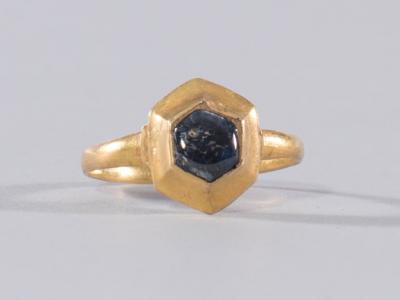
City’s treasure collections boosted by Medieval gold finger ring from Wembury
The Box, Plymouth




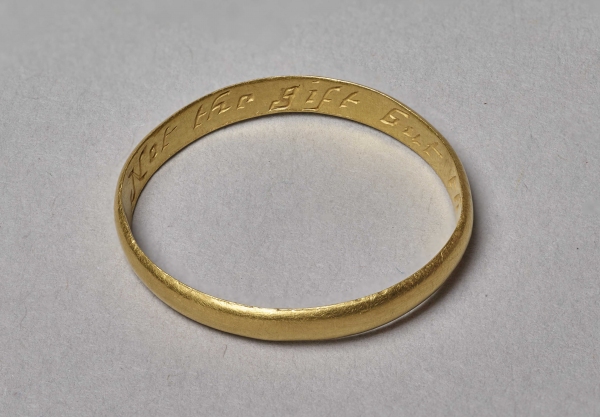
andmembersofTheBox'sveteransgroup.JPG&w=400&h=300&zc=1)


